Planning your first road trip in Iceland can feel overwhelming, but with the right information, you'll be ready to explore this stunning country with confidence. This guide covers everything you need to know to plan an unforgettable Icelandic adventure.
Best Time to Visit Iceland for Road Trips
The time of year you choose will shape your entire experience. Summer (June to August) offers nearly 24 hours of daylight, making it easier to cover more ground and see more sights. The weather is milder, and all roads are typically accessible.
Winter (November to March) brings the magical northern lights and snowy landscapes, but driving conditions become more challenging. Many highland roads close completely during winter months. Spring and fall offer a middle ground with fewer tourists and decent weather, though conditions can be unpredictable.
For first-timers, summer is usually the safest bet. You'll have maximum daylight, better road conditions, and more tour options available.
Choosing Your Route Around Iceland

The Ring Road
The Ring Road (Route 1) is the most popular choice for first-time visitors. This 828-mile highway circles the entire country and takes you past waterfalls, glaciers, black sand beaches, and volcanic landscapes. Most people complete the Ring Road in 7 to 10 days, though you could rush it in 5 or stretch it to 14 days for a more relaxed pace.
The Ring Road is paved and well-maintained, making it suitable for regular cars in summer. You'll pass through all the major regions and can easily add side trips to popular attractions.
The Golden Circle
If you only have 2 to 3 days, the Golden Circle is a shorter route that covers some of Iceland's most famous sites. This route includes Thingvellir National Park, Geysir geothermal area, and Gullfoss waterfall. Many visitors combine the Golden Circle with a trip along the South Coast for a comprehensive short visit.
South Coast and Beyond
The South Coast is where you'll find some of Iceland's most photographed locations, including Seljalandsfoss and Skogafoss waterfalls, Reynisfjara black sand beach, and Jokulsarlon glacier lagoon. This area is perfect for first-timers because attractions are close together and easily accessible.
Renting a Car in Iceland
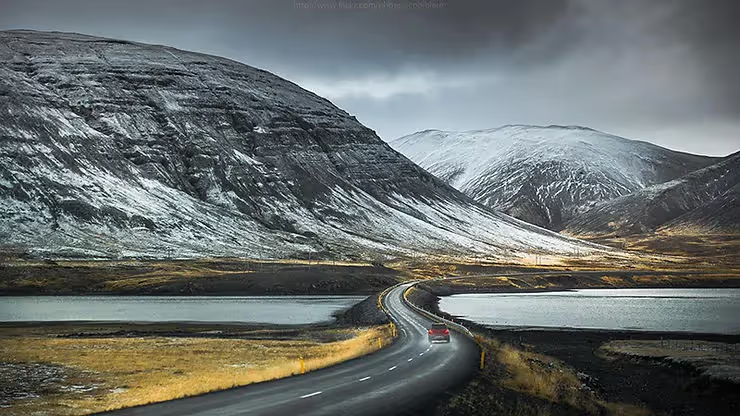
For summer Ring Road trips, a regular 2WD car works fine. However, if you plan to explore F-roads (highland routes) or travel in winter, you'll need a 4WD vehicle. These roads are marked with an "F" and are strictly off-limits to 2WD vehicles.
Most rental companies are located at Keflavik Airport, making it easy to pick up your car and start driving immediately. Book your rental car several months in advance, especially for summer travel, as prices increase and availability decreases closer to your trip.
Insurance Considerations
Icelandic roads can be unpredictable. Gravel damage, ash storms, and strong winds can damage vehicles. Most basic insurance doesn't cover gravel damage or sand and ash damage, so consider upgrading your coverage. The additional cost might seem high, but it provides peace of mind.
Creating Your Iceland Road Trip Itinerary
A minimum of 7 days allows you to complete the Ring Road without feeling rushed. With 10 days, you can add side trips and spend more time at each location. If you only have 5 days, focus on the South Coast and Golden Circle instead of trying to rush around the entire country.
Daily Driving Distances
Don't underestimate driving times in Iceland. While distances might look short on a map, roads are often winding and speed limits are lower than you might expect. Plan for 2 to 4 hours of driving per day, leaving plenty of time for stops and exploration.
Many attractions are right off the Ring Road, making it easy to break up your driving with waterfall stops, short hikes, and photo opportunities.
Finding Accommodation Along the Way

Book accommodations well in advance, especially for summer travel. Options include hotels, guesthouses, farm stays, and campsites. Each region along the Ring Road has multiple accommodation options, but popular areas like Vik and the Jokulsarlon area fill up quickly.
Consider staying in smaller towns between major attractions. These locations often offer better value and a more authentic Icelandic experience. Campervans are another popular option, giving you flexibility in where you stay, though you must use designated campsites.
Must-See Stops on Your Iceland Road Trip
Reykjavik
Most trips start and end in Iceland's capital city. Spend a day exploring the colorful streets, visiting Hallgrimskirkja church, and trying local restaurants. Reykjavik also serves as a base for various day tours if you want to break up your road trip.
South Coast Highlights
The South Coast deserves at least 2 to 3 days. Visit Seljalandsfoss, where you can walk behind the waterfall, and Skogafoss, one of Iceland's largest falls. Reynisfjara black sand beach features dramatic basalt columns and powerful waves (but stay away from the water as sneaker waves are dangerous).
Continue to Vik, a charming coastal village, before heading to Jokulsarlon glacier lagoon. The lagoon is filled with icebergs that have broken off from the glacier, creating an otherworldly landscape. Nearby Diamond Beach gets its name from ice chunks that wash up on the black sand.
East Fjords
The East Fjords are less crowded but equally beautiful. Winding roads take you through remote fishing villages and along dramatic coastlines. This region offers a peaceful contrast to the more touristy South Coast.
North Iceland
Akureyri, Iceland's second-largest city, makes a good base for exploring the north. Nearby attractions include Godafoss waterfall and the Myvatn area with its geothermal features and volcanic landscapes. The Myvatn Nature Baths offer a less crowded alternative to the Blue Lagoon.
West Iceland
The Snaefellsnes Peninsula is often called "Iceland in miniature" because it contains such diverse landscapes in a small area. Kirkjufell mountain is one of Iceland's most photographed peaks, and the peninsula features lava fields, fishing villages, and coastal cliffs.
Adding Tours to Your Road Trip
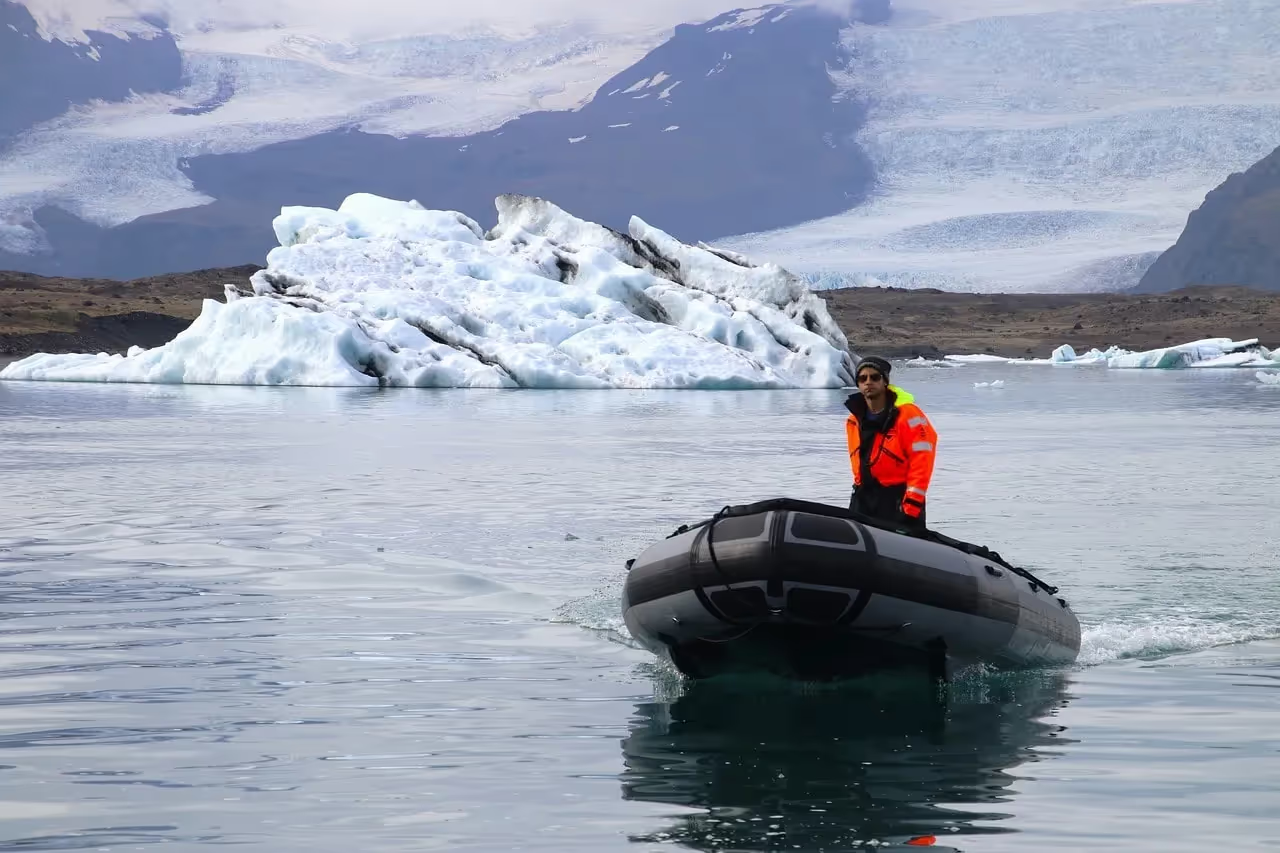
While self-driving gives you freedom, some experiences are better with guided tours. Many activities require specialized equipment or local knowledge that makes booking a tour the smarter choice.
Glacier Hiking and Ice Cave Exploration
You cannot safely explore glaciers or ice caves on your own. Glacier hiking tours provide the necessary equipment and expert guides who know the safe routes. These tours range from short walks suitable for beginners to longer, more challenging hikes.
Ice cave tours are only available in winter when the caves are stable. The crystal blue ice creates stunning photo opportunities, and guides take you deep into formations that would be impossible to find alone.
Northern Lights Tours
If you visit in winter, seeing the northern lights is probably on your list. While you can try to see them independently, northern lights tours increase your chances significantly. Guides know the best locations away from light pollution and can chase clear skies when clouds cover your planned route.
Whale Watching Excursions
Several towns around Iceland offer whale watching tours, with Husavik in the north being particularly famous. Summer provides the best chances to see multiple species, including humpback whales, minke whales, and even blue whales.
Snorkeling and Diving Adventures
Silfra fissure in Thingvellir National Park offers some of the world's clearest water for snorkeling and diving. You'll swim between the North American and Eurasian tectonic plates in water that provides over 100 meters of visibility. The water is freezing, so you'll need a drysuit, which makes joining a tour the practical option.
Hot Spring and Geothermal Tours
Beyond the famous Blue Lagoon, Iceland has countless natural hot springs and geothermal pools. Some require hiking to reach, while others are located in more remote areas. Local tours can take you to lesser-known spots that don't appear on tourist maps.
Practical Driving Tips for Iceland
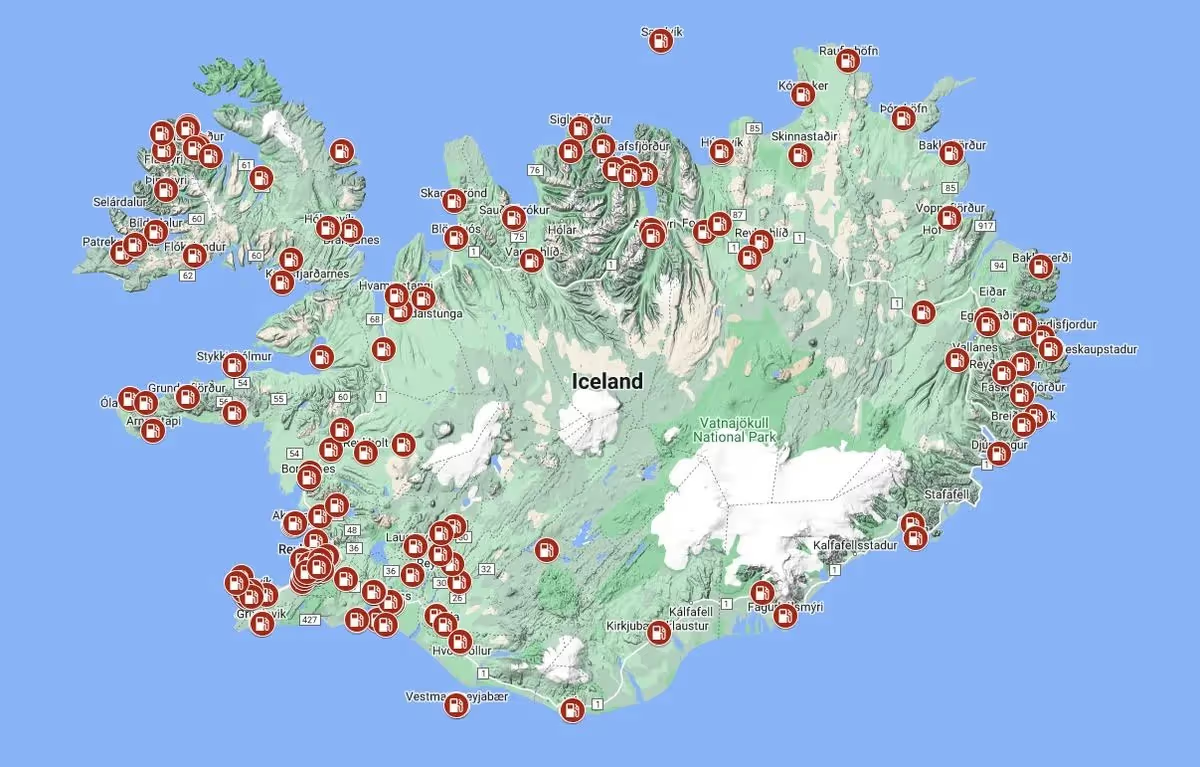
Most signs are straightforward, but a few are unique to Iceland. Single-lane bridges are common and marked well in advance. Whoever arrives at the bridge first has right of way. Blind hills are also marked, requiring you to slow down and stay in your lane.
Weather and Road Conditions
Check road conditions daily at road.is before setting out. Weather can change rapidly, and roads that were fine in the morning might be closed by afternoon due to storms or other conditions. Don't take chances with weather warnings.
Wind is a serious concern in Iceland. Strong gusts can literally blow car doors off their hinges when opened. Always hold tight to your door and check wind conditions, especially in parking areas.
Gas Stations and Services
Gas stations become sparse in remote areas, so fill up whenever you drop below half a tank. Many stations outside of major towns are unmanned and only accept credit cards. Make sure your card has a PIN, as some pumps don't accept signature-based cards.
Driving Etiquette
Icelanders are generally courteous drivers. If someone is going faster than you, pull over at a safe spot and let them pass. Don't stop in the middle of the road to take photos, as this creates dangerous situations. Use marked pullouts instead.
Budgeting for Your Iceland Road Trip

Average Daily Costs
Expect to spend $150 to $250 per person per day, including accommodation, food, gas, and activities. Accommodation is the biggest expense, ranging from $100 for budget options to $300+ for hotels. Restaurant meals are expensive, with dinner typically costing $25 to $40 per person.
Money-Saving Tips
Cook some of your own meals using grocery store ingredients. Many accommodations offer shared kitchens. Fill up your gas tank in larger towns where prices are lower. Book tours and accommodations in advance for better rates. Visit free attractions like waterfalls and viewpoints, which are numerous and spectacular.
Final Tips for First-Time Iceland Road Trippers
Start your trip with a full tank of gas and full stomach. The first few hours of driving set the tone for your trip. Don't try to see everything on one trip. Iceland is a country worth revisiting, so prioritize what matters most to you and leave some discoveries for next time.
Be flexible with your itinerary. Weather might force route changes, or you might fall in love with a location and want to stay longer. That's part of the adventure. Take your time, enjoy the journey, and prepare to fall in love with Iceland's incredible landscapes.
Remember that some of Iceland's most memorable moments happen during the drive itself, not just at the famous landmarks. Keep your eyes open for unexpected waterfalls, curious Icelandic horses, and dramatic landscapes that appear around every corner. This is what makes an Iceland road trip truly unforgettable.
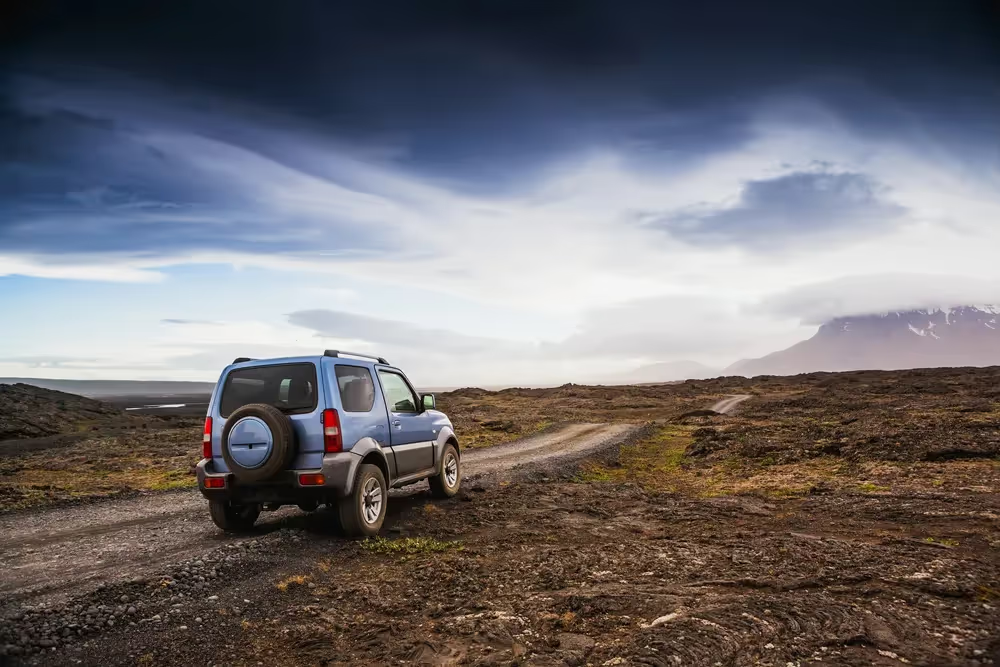
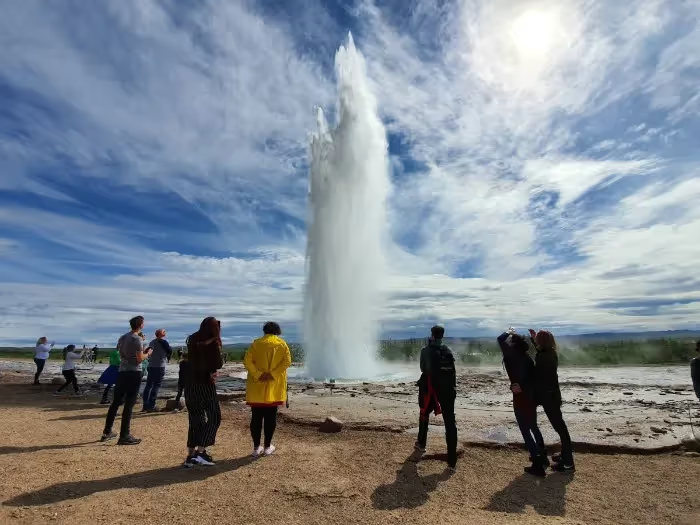
.avif)